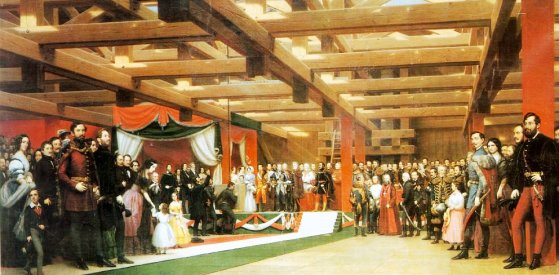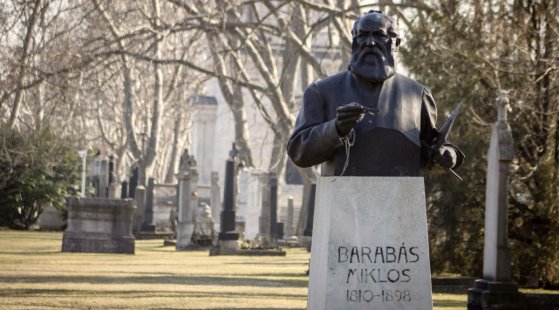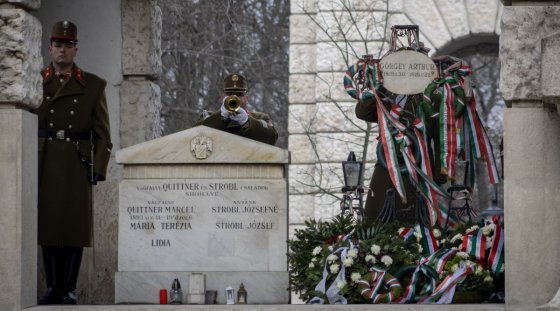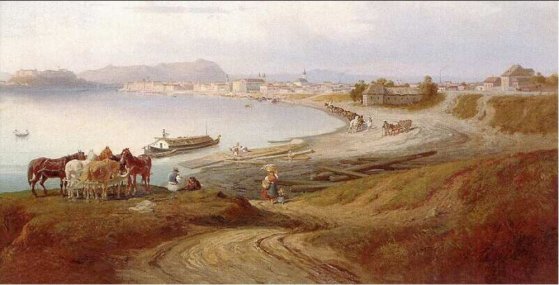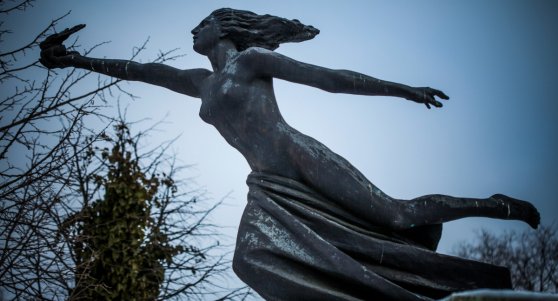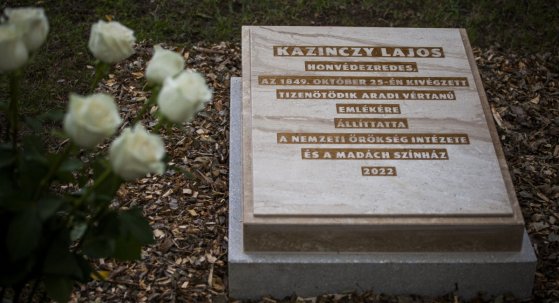 The „intertwined history” of the bridges and the city of Budapest
Which ideas and events have shaped the fate of bridges of Budapest and the cityscape? Alongside many other interesting facts, this question is also answered this newly published book by the Budapest City Archives, which introduces the history of bridges in Budapest.
The „intertwined history” of the bridges and the city of Budapest
Which ideas and events have shaped the fate of bridges of Budapest and the cityscape? Alongside many other interesting facts, this question is also answered this newly published book by the Budapest City Archives, which introduces the history of bridges in Budapest.
Fiumei Road Cemetery
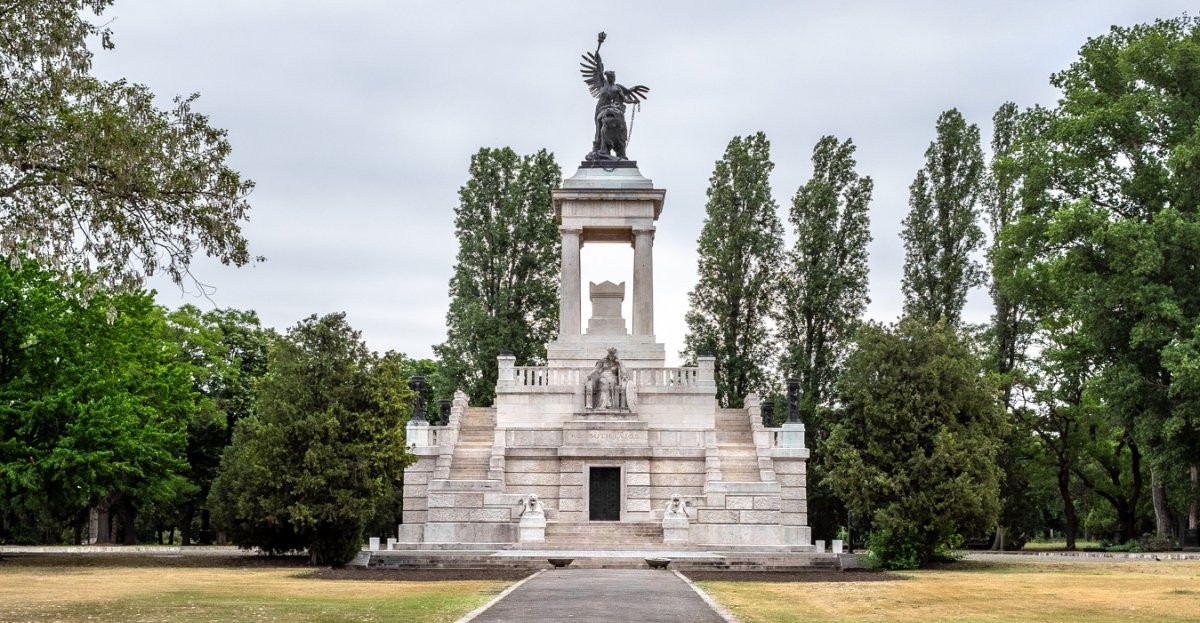 Visitors are invited to the 1848-49 memorial walk in the Fiumei Road Cemetery on 15 March
Visitors are invited to the 1848-49 memorial walk in the Fiumei Road Cemetery on 15 March
March 12, 2023 at 2:00 PM
On 15 March, from 2 p.m., the National Heritage Institute will hold a walk at the Fiumei Road Cemetery National Memorial with the title "Memory of 1848-49". On the day of the holiday, people can also freely visit the largest tomb structures in the cemetery so anyone can look into the Batthyány, Deák and Kossuth Mausoleums.
Who also painted the construction of the Chain Bridge: Miklós Barabás died 125 years ago
February 17, 2023 at 12:30 PM
We can confidently say that Miklós Barabás was one of the most outstanding artists of the Reform era, the first painter who earned the respect of society with his artistic work. During his long career, he made portraits of many important and well-known personalities, including Mihály Vörösmarty, János Arany, Ferenc Deák, Palatine Joseph, and even Franz Joseph. The capital also often provided the subject of his pictures. He achieved great success with his paintings, and the press regularly reported on his current works. It was thanks to his exceptional talent that he managed to gain fame at a time when the work of painters was not yet highly valued.
The 125th anniversary of the death of Miklós Barabás was commemorated in the Fiumei Road Cemetery
February 10, 2023 at 2:00 PM
Miklós Barabás was one of Hungary's most significant artists, and on the occasion of the 125th anniversary of his death, a wreath was laid on Friday at his tomb in the Fiumei Road Cemetery, which was made by Ede Telcs. It was said at the event: the portraits of the painter are important documents of the era, indispensable sources of Hungarian memory.
Artúr Görgei was remembered in the Fiumei Road Cemetery
January 31, 2023 at 4:00 PM
General Artúr Görgei, Minister of War, was remembered on the 205th anniversary of his birth at his grave in the Fiumei Road Cemetery. It was said: Görgei is a historical figure whose historical role has been found at both extremes of the scale from traitor to hero in the last 150 years.
Who painted Pest and Buda several times: Antal Ligeti was born 200 years ago
January 30, 2023 at 4:00 PM
Antal Ligeti, born 200 years ago, was one of the outstanding figures of Hungarian painting. He lived in extraordinary places, first in the Fót castle of Count Károlyi István, later in Budapest's most famous classicist palace: the National Museum building. He owed his first home to the support of the lord, who recognised the talent of the young painter and provided him with housing and board as a patron. He earned his home in the building of the National Museum as the keeper of the picture gallery, lived there for more than twenty years, and was taken to the cemetery from there.
More works of art can be seen in the Fiumei Road Cemetery
October 12, 2022 at 3:30 PM
In the Fiumei Road Cemetery, a description of new tombstones of significant artistic value and their creator can be read with the help of a QR code. The statue of Andor Miklós' mausoleum and the tomb of Béla Pállik are among the twenty monument descriptions that have just been included in the institution's Sculpture Park program.
The memorial site of the 15th martyr of Arad, Lajos Kazinczy, was inaugurated in the Fiumei Road Cemetery
October 6, 2022 at 2:00 PM
The National Heritage Institute and the Madách Theatre set up a memorial in honour of the fifteenth Arad martyr, Lajos Kazinczy, in the Fiumei Road Cemetery. The son of the language reformer Ferenc Kazinczy was executed on 25 October 1849 in Arad. The parcel of the soldiers who died in the 1848-49 War of Independence can be found in the Fiumei Road Cemetery, as well as the tombstones of three Arad widows.
Buried in Budapest – Great Hungarian figures born beyond the modern borders of Hungary lie in the Fiumei Road Cemetery
November 2, 2020 at 9:00 AM
The number of those born beyond Hungary's present borders but buried in Budapest is almost unfathomable. Among them several well-known and respected figures. The reason is obvious, talented and ambitious youths gravitated to Budapest from all over the country before 1920, just as they do today. Many of them completed their life's work in Budapest. Walking through the Fiumei Road Cemetery one quickly realises how many great Hungarian figures were born outside of the nation's post-Trianon borders. The compilation honours their memory.
More articles
 The „intertwined history” of the bridges and the city of Budapest
Which ideas and events have shaped the fate of bridges of Budapest and the cityscape? Alongside many other interesting facts, this question is also answered this newly published book by the Budapest City Archives, which introduces the history of bridges in Budapest.
The „intertwined history” of the bridges and the city of Budapest
Which ideas and events have shaped the fate of bridges of Budapest and the cityscape? Alongside many other interesting facts, this question is also answered this newly published book by the Budapest City Archives, which introduces the history of bridges in Budapest.
 The Bridge Report, which brought a turning point in the history of Budapest
A travel report that changed the history of Pest and Buda, as well as Hungary. The little book contributed to the change of half a thousand years of legal customs and the implementation of an investment of unprecedented size and technical quality. This book was The Bridge Report [Hídjelentés in Hungarian].
The Bridge Report, which brought a turning point in the history of Budapest
A travel report that changed the history of Pest and Buda, as well as Hungary. The little book contributed to the change of half a thousand years of legal customs and the implementation of an investment of unprecedented size and technical quality. This book was The Bridge Report [Hídjelentés in Hungarian].
 Drama on the university wall - The heroic monument was planned 95 years ago
In the constant hustle and bustle of the Egyetem Square in Pest, the students may not even notice the monument that decorates the short section of wall between the church and the central building of ELTE. However, it commemorates their predecessors, the heroes who fought for their country in World War I, and those who heroically helped them. The first design of the dramatically collapsing soldier was born in 1928, ninety-five years ago.
Drama on the university wall - The heroic monument was planned 95 years ago
In the constant hustle and bustle of the Egyetem Square in Pest, the students may not even notice the monument that decorates the short section of wall between the church and the central building of ELTE. However, it commemorates their predecessors, the heroes who fought for their country in World War I, and those who heroically helped them. The first design of the dramatically collapsing soldier was born in 1928, ninety-five years ago.

